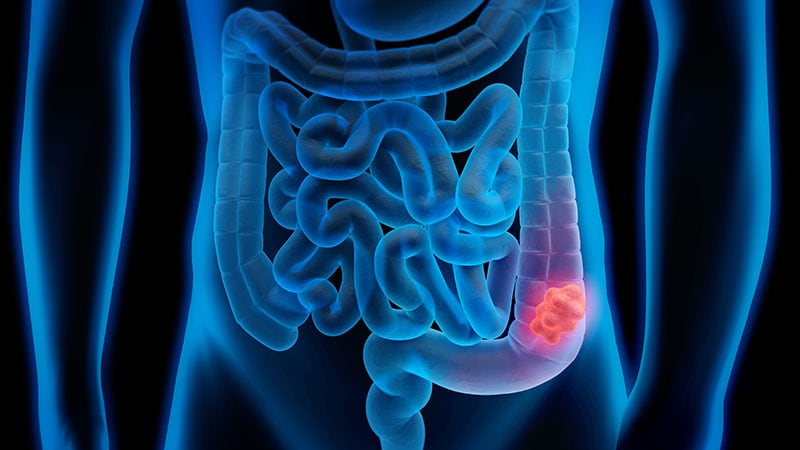NICE has published rapid guidance on the management of patients with interstitial lung disease (ILD) during the COVID-19 pandemic. Here, Univadis provides a summary of the key recommendations.
General recommendations
- Communicate patients/families/carers, and support their mental well-being.
- Provide advice on shielding and protecting.
- Minimise face-to-face contact.
- If a face-to-face appointment is needed, screen patient by phone on the day of the appointment and again on arrival (including temperature check).
- Patients should attend appointments with no more than one other person.
- Minimise time in the waiting area.
- Patients taking immunomodulators may have atypical presentations of COVID‑19, e.g., patients taking corticosteroids may not develop a fever.
- Some adverse effects caused by antifibrotic drugs and immunosuppressants may be mistaken for symptoms of COVID‑19, e.g., diarrhoea, fatigue and loss of appetite.
- Symptoms of COVID‑19 can be similar to the symptoms of the underlying condition.
- ILD and COVID‑19 are associated with increased risk for coagulopathy.
- Hold the first outpatient appointment by telephone/video. Only offer face-to-face appointment if the benefits outweigh the risks.
- Use blood tests and pulmonary function tests from the last six weeks or computed tomography scan from the last 12 months to guide treatment decisions.
- If these test results are unavailable and are necessary to guide urgent care, refer patient for testing/scan.
- Only carry out bronchoscopy and pulmonary function tests if the results are urgently needed.
- If supervised spirometry is not possible, consider home spirometry.
- Consider community blood monitoring services.
- When deciding whether to start or continue an immunosuppressant, consider the following:
- Is the patient's condition stable?
- Is there a treatment with a better risk profile?
- Is monitoring and review feasible?
- Would it be safer to delay starting the treatment?
- Does the patient need to continue the treatment?
- Are there changes to dose or route of administration that could reduce hospital attendance?
- Can the patient tolerate a reduced dose?
- If the patient has rapidly progressive interstitial lung disease, is intravenous therapy an option?
- Advise patients on immunosuppressives and antifibrotics to continue treatment as prescribed.
- For patients responding to immunosuppressant but are unable to attend for blood monitoring, consider prednisolone alone.
- Offer the lowest dose of prednisolone possible or the last dose that controlled symptoms.
- Decide whether to carry out or defer an assessment for ambulatory or long-term oxygen therapy.
- Carry out oxygen assessments in the patient's home if possible.
- Continue to offer pulmonary rehabilitation if available.
- If remote pulmonary rehabilitation is unavailable, consider the British Thoracic Society pulmonary rehabilitation resource pack.
- When face-to-face pulmonary rehabilitation becomes available, discuss the risks and benefits of attendance with the patient.
- Continue to refer for lung transplant assessment as usual.
Patients with known or suspected COVID-19
- Follow COVID-19 infection prevention and control guidance.
- If COVID‑19 is later diagnosed in a patient not isolated from admission or presentation, follow guidance on management of exposed health care workers and patients in hospital settings.
- Follow guidance on investigation and initial clinical management of possible cases of COVID-19.
- If a patient is diagnosed with COVID‑19 pneumonia and shows radiological changes, follow the British Thoracic Society's guidance on respiratory follow-up of the patients.
- Before deciding to stop or adjust treatment, contact the patient's specialist team for advice.
- Continue antifibrotics if blood monitoring parameters are in an acceptable range and there is no other reason to stop.
- Consider pausing immunosuppressants if COVID‑19 is confirmed.
- The half-life of some medicines means that the immunosuppressive effects continue for some time after stopping treatment.
- Maintain oral prednisolone in patients diagnosed with COVID‑19.
- Some patients on long-term oral prednisolone may be at risk of adrenal crisis and may need a higher dose if diagnosed with COVID‑19.
- Stop or adjust doses of medicines for interstitial lung disease if the patient develops acute kidney injury or deranged liver function tests because of COVID‑19.
References
References


